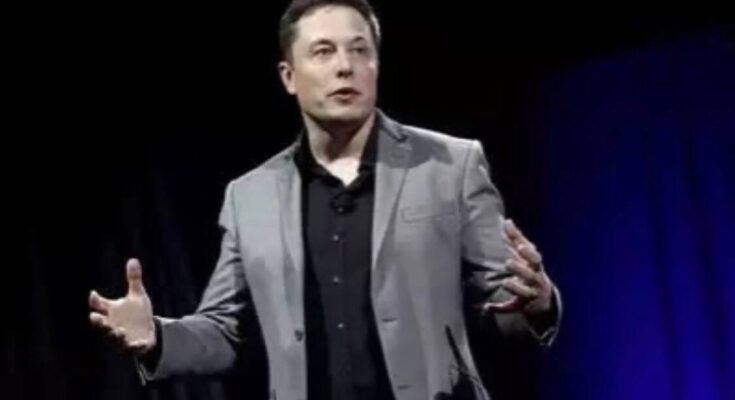Elon Musk’s The Boring Company has proposed a $20 billion transatlantic tunnel connecting New York and London, utilizing Hyperloop technology to achieve travel times of under an hour. This ambitious project faces significant technical, financial, and environmental challenges, but Musk believes advancements in tunneling technology make it feasible. Experts remain skeptical, citing the project’s scale and unproven technology.

The ambitious idea of a transatlantic tunnel connecting New York City and London has resurfaced, sparked by Elon Musk’s latest statement claiming that his company, The Boring Company, could construct it for $20 billion. The concept, which has been discussed for decades, involves building a massive tunnel under the Atlantic Ocean spanning over 3,000 miles (4,800 kilometers). Historically, such a project has been viewed as impractical due to its enormous cost, technical challenges, and the engineering scale required. However, Musk’s innovative approach and advancements in technology have reignited global interest in this unprecedented infrastructure project.
Elon Musk proposes New York-London tunnel for $20 billion
The idea of a transatlantic tunnel is not new and has long been a subject of fascination among engineers and futurists. Proposed designs typically envision a tunnel stretching beneath the Atlantic Ocean, facilitating high-speed rail travel between the United States and the United Kingdom. If realized, it would significantly transform global travel and logistics. Currently, a flight between London and New York takes approximately eight hours. A transatlantic tunnel, theoretically capable of reducing this travel time to under an hour, would be a revolutionary step in human transportation.
Previous estimates placed the cost of such a project at an astronomical $19.8 trillion (equivalent to 15.5 trillion British pounds). By comparison, constructing the Channel Tunnel—a 38-kilometer underwater tunnel linking England and France—took six years and cost $12 billion. The scale of a transatlantic tunnel would be magnitudes larger, presenting both financial and engineering hurdles that many consider insurmountable.
Elon Musk, the CEO of Tesla, SpaceX, and The Boring Company, has a reputation for proposing bold and transformative projects. During recent discussions, Musk claimed that his tunneling venture, The Boring Company, could complete the transatlantic tunnel for just $20 billion. This assertion has drawn significant attention, as it is a mere fraction of previous estimates. Musk’s confidence stems from advancements in tunneling technology and his pioneering Hyperloop concept, which could revolutionize the way people travel across long distances.
According to Musk, the cost reduction would be achieved through innovative tunneling techniques, automation, and scalability. The Boring Company has already demonstrated its ability to construct tunnels efficiently and at lower costs in smaller projects, such as the Las Vegas Convention Center Loop. However, the sheer magnitude of a transatlantic tunnel poses unprecedented challenges that extend beyond existing projects.
The role of Hyperloop technology
Central to Musk’s proposal is the integration of Hyperloop technology, a concept he introduced in 2013. Hyperloop involves pressurized vehicles traveling through vacuum-sealed tunnels, eliminating air resistance and enabling speeds far beyond traditional trains. In theory, Hyperloop trains could reach speeds of over 3,000 miles per hour (4,800 kilometers per hour), reducing the travel time between London and New York to just one hour.
The technology relies on maintaining a near-vacuum environment inside the tunnel, allowing vehicles to glide with minimal friction. Hyperloop pods would be propelled using magnetic levitation (maglev) technology, already employed in high-speed trains in countries like Japan and China. While still in the experimental stage, significant advancements have been made in recent years to bring Hyperloop closer to reality. Musk’s proposal combines this futuristic transportation model with innovative tunneling solutions, positioning it as a feasible option for intercontinental travel.



